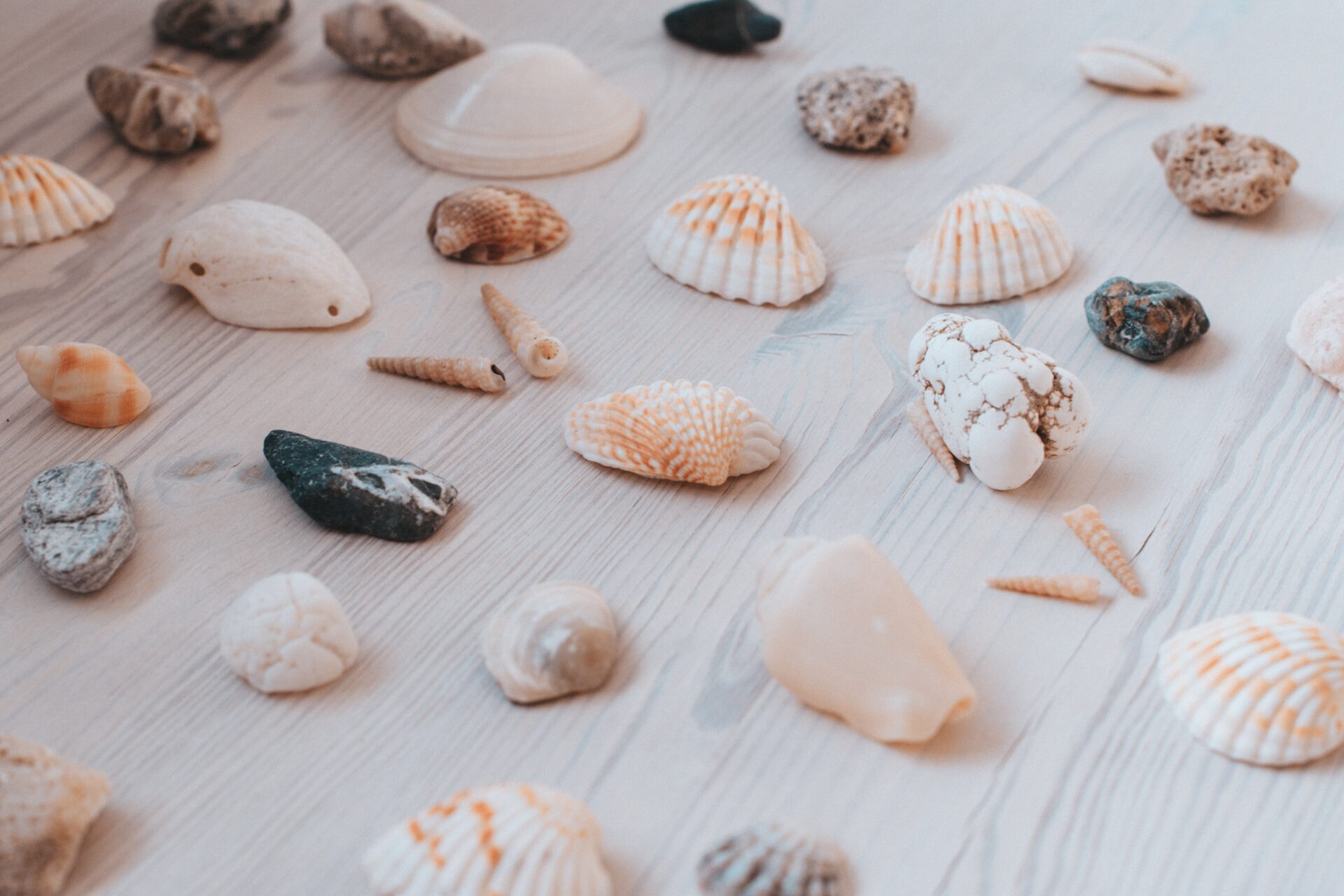Introduction: Mary Anning and her Contributions to Science
Mary Anning is a name that may not be immediately recognizable to many people, but her contributions to science are undeniable. Born in 1799 in the town of Lyme Regis, on the southern coast of England, Mary Anning was a fossil hunter and pioneering paleontologist who made many important discoveries during her lifetime. She is best known for her work on the Jurassic Coast, a stretch of coastline in southern England that is known for its rich fossil deposits.

Early Life and Fossil Hunting with her Family
Anning was born into a family of fossil collectors, and she grew up exploring the cliffs and beaches around her home in search of interesting specimens. Her father, Richard Anning, was a carpenter and amateur fossil collector, and he often took Mary and her older brother Joseph with him on his expeditions. Tragically, Richard Anning died when Mary was just 11 years old, leaving the family in dire financial straits. To support her mother and siblings, Mary began selling the fossils that she found to tourists and collectors.
Anning’s Remarkable Discoveries and Contributions to Paleontology
It was not long before Anning’s remarkable discoveries began to attract the attention of scientists and scholars. In 1811, when Anning was just 12 years old, she and her brother discovered the first complete Ichthyosaurus skeleton. This was a significant find, as it was the first time that the world had seen a complete fossil of this ancient marine reptile. Anning went on to discover many more important fossils, including the first complete Plesiosaurus and the first British Pterodactyl.
Obstacles Faced by Anning in a Male-Dominated Field
Despite her remarkable achievements, Anning faced many obstacles during her lifetime. As a woman in the male-dominated field of science, she was often dismissed and marginalized by her male colleagues. She was not allowed to join the Geological Society of London, and her work was often credited to her male associates. Anning was also an outsider in other ways: she was from a working-class background, and she was a Dissenter (a member of a religious group that was not part of the Church of England).

Anning’s Legacy and Recent Recognition for her Contributions to Science
Despite these challenges, Anning continued to work tirelessly, collecting and selling fossils to support herself and her family. Her contributions to science have been recognized in recent years, with many scholars and institutions working to give her the credit she deserves. Today, Anning is celebrated as a pioneer in the field of paleontology, and her story has inspired many people, especially women, and girls, to pursue careers in science.
Conclusion: Anning’s Impact on Paleontology and Women in Science
In conclusion, Mary Anning was an extraordinary woman whose passion for fossil hunting and dedication to science led to many groundbreaking discoveries. Her work has had a lasting impact on the field of paleontology, and her story serves as a reminder of the important contributions that women have made to science throughout history. Mary Anning’s legacy will continue to inspire future generations of scientists and fossil hunters for years to come.
Dive Deeper
Book Recommendation
There are many great books about the life and work of Mary Anning, but one of the most highly recommended is “Remarkable Creatures” by Tracy Chevalier. The book is a historical novel that tells the story of Mary Anning and her friendship with Elizabeth Philpot, another pioneering female fossil hunter. The book is based on extensive research into the lives of Anning and Philpot, and it provides a fascinating and vivid portrait of life in 19th-century England, as well as the challenges faced by women who were interested in science. It is an engaging and well-written book that will appeal to anyone who is interested in the history of science, the lives of remarkable women, or the beauty of the natural world.
Documentary/ Video
There are several excellent documentaries on the life and work of Mary Anning that are worth watching. Here are some recommendations:
- “The Fossil Hunter” (2008) – This documentary, produced by the BBC, is a comprehensive look at Mary Anning’s life and her contributions to the field of paleontology. It features interviews with experts, as well as dramatic reenactments of key moments in Anning’s life.
- “The Woman Who Discovered Dinosaurs” (2020) – This documentary, produced by the Smithsonian Channel, tells the story of Mary Anning and her groundbreaking discoveries in the context of the social and scientific landscape of 19th-century England.
- “Mary Anning: The Girl Who Helped Discover Dinosaurs” (2017) – This short documentary, produced by National Geographic, is a great introduction to Anning’s life and work, and it features stunning footage of the cliffs and beaches of the Jurassic Coast.
- “The Secret Life of Mary Anning” (2011) – This documentary, produced by the History Channel, explores the lesser-known aspects of Anning’s life, including her relationships with other women and her contributions to the political and social movements of her time.
All of these documentaries are available for streaming or purchase online, and they provide fascinating insights into the life and legacy of one of the most remarkable women in the history of science.
P.S. Did you know that Mary Anning was the original “She Who Sold Sea Shells on the Sea Shore?” That’s right, this pioneering paleontologist not only discovered numerous fossils but also sold them to support her family. So the next time you’re walking on the beach and stumble upon a seashell, remember the amazing woman who made a living out of finding and selling them to fund her scientific pursuits!
